Open up many development opportunities
The National Assembly officially passed a historic resolution on the merger of provincial-level administrative units on the morning of June 12. According to this resolution, the country will have 34 provinces and cities, a reduction of 29 units compared to before. This is not only an event marking a major turning point in the national administrative reform process, but also a move demonstrating the State's strong political determination in streamlining the apparatus, saving public costs, optimizing resources and improving operational efficiency.
For the tourism industry, the change of administrative boundaries will open up strategic restructuring opportunities. On the new administrative basis, localities can more easily coordinate in managing tourism resources, connecting infrastructure and organizing synchronous tours, thereby creating a more complete, attractive and sustainable tourism value chain.
Besides, this is also the right time for the tourism industry to shift from a decentralized development model in each individual province and city to a regional and inter-regional approach.
Mr. Nguyen Tien Dat - Vice Chairman of Hanoi Tourism Association said that the merger of provinces and cities will create many development opportunities for the tourism industry. According to Mr. Nguyen Tien Dat, this will not only help promote inter-regional tours but also create conditions for innovation and diversification of tourism products.
Sharing the same view, Mr. Nguyen Phi Hong Nguyen - Deputy Head of Khanh Hoa Tourism Association commented that the merger of localities will contribute to effectively promoting the economic potential of the region, instead of having to spend time coordinating between each individual province as before. At the same time, the process of simplifying administrative procedures will also become more convenient. In terms of products, thanks to the larger scale after the merger, localities will have conditions to develop more diverse and rich tourism products.
According to Mr. Nguyen Phi Hong Nguyen, after the merger, Khanh Hoa and Ninh Thuan will become the provinces with the longest coastline in Vietnam. These two localities have similarities in indigenous culture, especially Cham culture, which is very favorable for developing sea tourism and cultural tourism. In addition, this area also possesses a rich mountain and forest ecosystem, with diverse flora and fauna, creating great potential for ecotourism from the sea to the forest.
In particular, Khanh Hoa, with Nha Trang tourism center and high-quality tourism human resource training system, will support Ninh Thuan tourism to develop more strongly after the merger.
From a business perspective, many travel agencies and tourism service providers in Khanh Hoa and Ninh Thuan have established long-term cooperative relationships through linking tours, sharing resources and supporting each other in operations. Therefore, the merger not only does not cause major disruptions but also opens up opportunities for these cooperative relationships to be expanded and upgraded.
This merger will also facilitate the implementation of joint human resource training programs, investment in inter-regional product development, and more effective connection of the tourism ecosystem. Thereby, contributing to promoting sustainable, in-depth and competitive tourism development in the context of a market with increasingly high demands on service quality and tourist experience.
Mr. Nguyen Phi Hong Nguyen, Deputy Head of Khanh Hoa Tourism Association
Moving from local promotion to destination promotion
Concerned that the merger of provinces and cities could affect the brand positioning of tourist destinations, Lux Group Chairman Pham Ha said that the important thing is not which locality the destination belongs to, but the experience tourists receive there. “Tourists do not choose a destination because it is located in this or that province, they choose it because of the experience it offers, the landscape, the services, and whether it suits their interests or not,” Mr. Pham Ha emphasized.
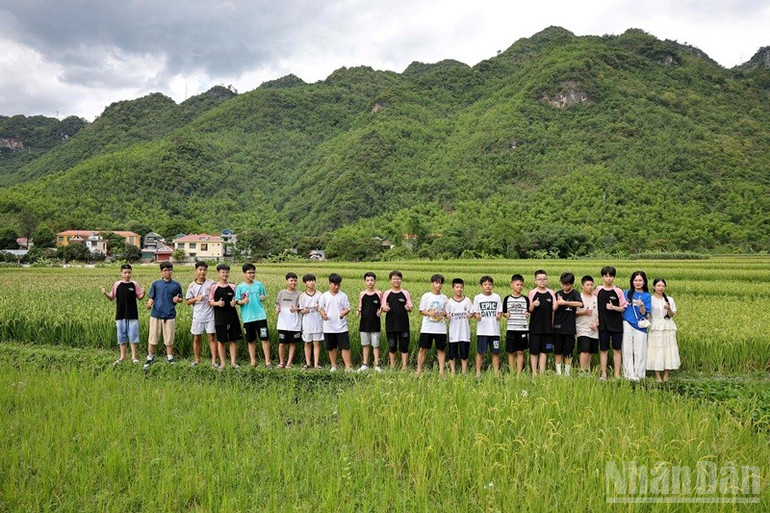
According to Mr. Pham Ha, up to now, the tourism industry has often focused on promoting local names, while what really attracts tourists is the difference and uniqueness of each destination. For example, for those who love nature and islands, they are willing to go to Ha Long for vacation without much concern about whether it is in Quang Ninh or Hai Phong. What they need is a green-clean-beautiful place with clean beaches and good services, not administrative boundaries.
From there, he said that localities should shift from local promotion to destination promotion.
Provinces and cities are just administrative boundaries. Changing the name of a province does not destroy its identity or tourism value, but the real tourism brand lies in the destination and the experiences it brings.
Mr. Pham Ha, Chairman of Lux Group
According to Mr. Nguyen Phi Hong Nguyen, the merger of administrative units does not have a negative impact on the tourism industry, but rather contributes to enhancing the locality's competitive position on the national and international tourism map. Familiar names such as Phan Rang or Nha Trang are still retained in the subconscious of tourists, because these are places that have been associated with long-standing tourism brands and have profound historical and cultural values.
“In fact, the merger only affects the scale of administrative organization, but does not change the names of tourist destinations. Famous landmarks are still preserved intact, ensuring continuity in communication, promotion and destination identification. Currently, Nha Trang city has been divided into administrative units such as Nha Trang ward, Nam Nha Trang... similar to the way Phan Rang is operating. Therefore, the cultural identity and historical values associated with each land are still maintained and respected,” Mr. Nguyen affirmed.
The merger of provinces and cities is a reasonable and necessary step in the administrative reform process to streamline the organization, optimize resources and improve the effectiveness of state management. In this context, the tourism industry needs to be proactive and flexible to adapt. Travel companies need to promptly grasp changes in administrative boundaries to adjust tours, sightseeing programs and destination introductions to suit the new administrative map.
Localities with great tourism potential need to conduct a comprehensive review and re-evaluation of their tourism resource system after the merger. This is an opportunity to restructure products, discover new destinations or upgrade existing routes to build tourism clusters and chains with high intra-regional and inter-regional connectivity.
In addition, local authorities should also closely coordinate with businesses in planning infrastructure, improving traffic connections, and promoting inter-regional tourism products newly formed after the merger. The cooperation between the state and businesses will be the key to effectively exploiting tourism potential, contributing positively to economic growth and sustainable development of the merged localities and regions.
Source: https://nhandan.vn/co-hoi-tai-cau-truc-du-lich-vung-khi-sap-nhap-tinh-thanh-post886499.html










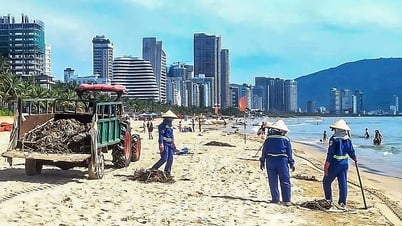











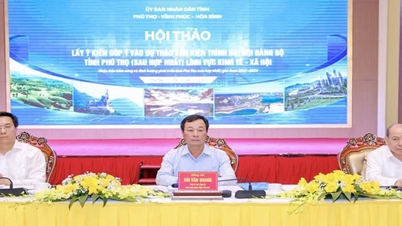
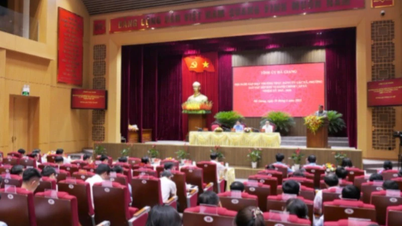

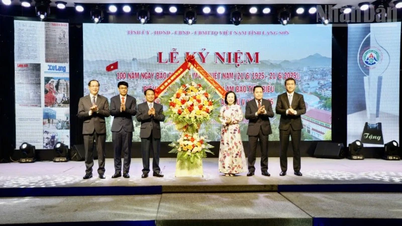
![[Video] Exhibition celebrating 100 years of Vietnamese Revolutionary Journalism](https://vphoto.vietnam.vn/thumb/402x226/vietnam/resource/IMAGE/2025/6/18/1ba7ffdc6eef4b1682a3768741aca732)
![[Video] Launch of the book "Uncle Ho's articles on culture and journalism in Nhan Dan Newspaper"](https://vphoto.vietnam.vn/thumb/402x226/vietnam/resource/IMAGE/2025/6/19/7609d5bdfe1c4fc2be66f38e46365ae6)


















































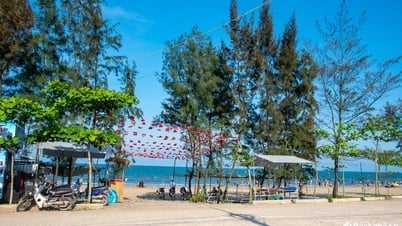
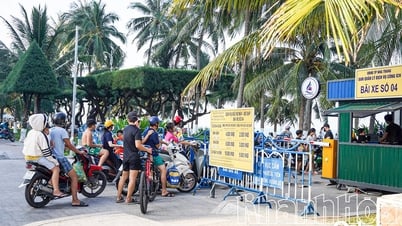
















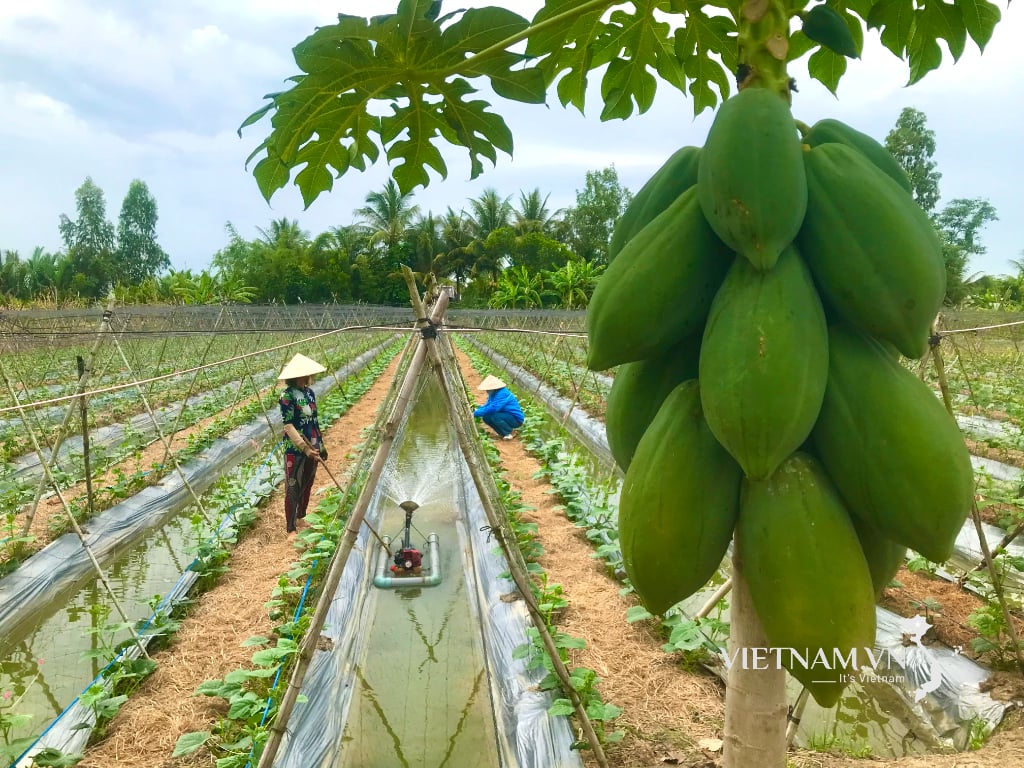
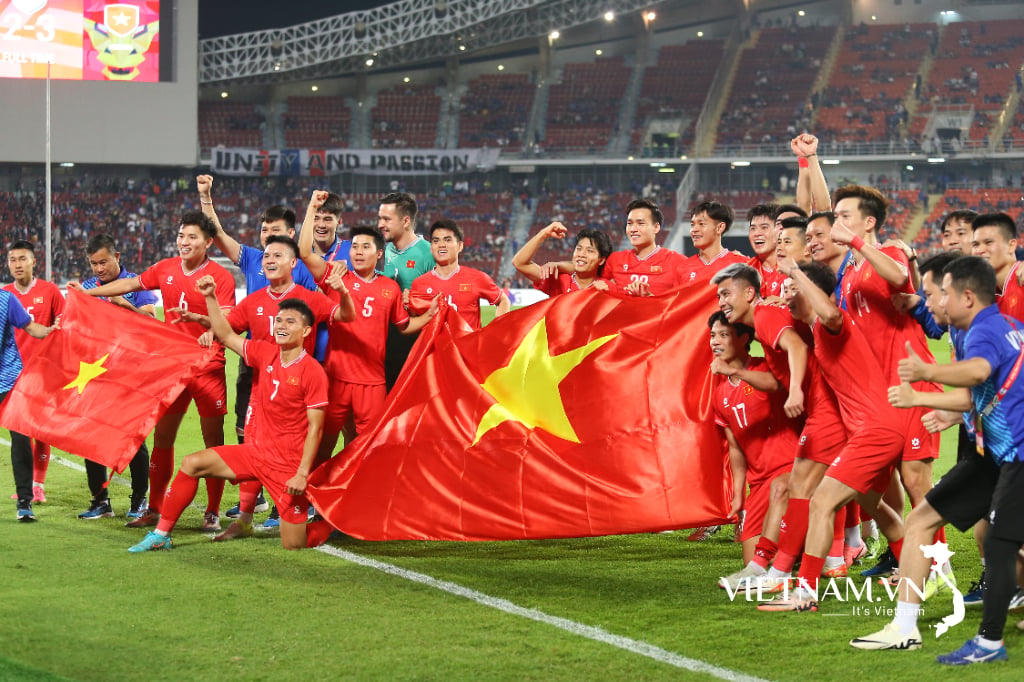
Comment (0)